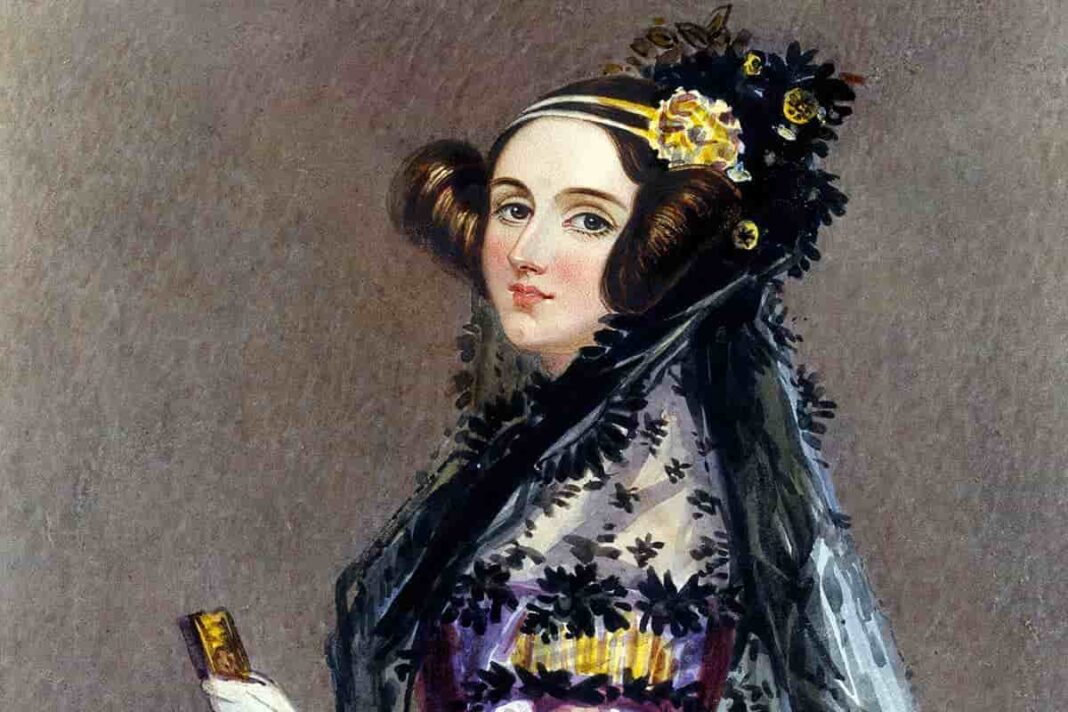The field of computer programming has undergone a remarkable transformation since its inception in the 19th century. Today, we live in a world dominated by digital technology, where computers are an essential part of our daily lives. However, few people are aware of the history of computer programming and the significant role played by one woman, Ada Lovelace.
Ada Lovelace was a visionary mathematician who lived in the early 19th century. Despite being born at a time when women were not encouraged to pursue careers in science and technology, she made pioneering contributions to the field of computer programming. In this article, we will explore Ada Lovelace’s life, work, and legacy, and explain why she is known as the mother of programming.
Early Life and Education
Ada Lovelace was born in London, England, in 1815, the daughter of the famous poet Lord Byron and his wife, Lady Anne Isabella Milbanke. Her parents’ marriage was tumultuous, and they separated shortly after Ada’s birth. Lady Byron was determined to protect her daughter from her husband’s unstable temperament, and she raised her in a strict and disciplined environment.
Despite her difficult childhood, Ada showed an early aptitude for mathematics and science. Her mother encouraged her interests and hired tutors to teach her advanced subjects like algebra, geometry, and calculus. Ada’s education was rigorous and unconventional for a woman of her time, and it prepared her well for a career in science and technology.
Marriage and Collaboration with Charles Babbage
In 1833, Ada met Charles Babbage, an inventor and mathematician who was working on a revolutionary machine called the Analytical Engine. The Analytical Engine was a mechanical device designed to perform complex calculations, and it is widely regarded as the precursor to the modern computer.
Babbage and Lovelace quickly became friends and collaborators, and Ada became fascinated by his ideas for the Analytical Engine. She saw the machine’s potential for more than just performing calculations and recognized that it could be programmed to perform a wide range of tasks.
The First Computer Program
In 1842, Ada was asked to translate a paper on the Analytical Engine written by the Italian mathematician Luigi Menabrea. Ada not only translated the paper into English but also added her own extensive notes on the machine’s capabilities.
Ada’s notes were much more than just a translation. They included a detailed description of how the machine worked, its potential applications, and a sequence of instructions for how to calculate the Bernoulli numbers using the Analytical Engine. This sequence of instructions is considered the first complete computer program, as it was designed to be processed by a machine, rather than just a theoretical concept.
In her notes, Lovelace also explored the concept of what we now call computer programming languages. She recognized the need for a system of codes that could be used to program the machine and suggested that these codes could be used to create a language that would allow humans to communicate with the machine. This idea would eventually lead to the development of programming languages like COBOL and FORTRAN.
Lovelace’s Legacy and Influence
Ada Lovelace died of cancer at the age of 36, and her work was largely forgotten for many years. However, in the mid-20th century, her contributions to computing were rediscovered, and she was recognized as a pioneer in the field.
Today, Lovelace’s legacy is celebrated every year on Ada Lovelace Day, which is held on the second Tuesday of October. The day is dedicated to celebrating the achievements of women in science, technology, engineering, and mathematics (STEM), and to promote the participation of women in these fields.
Lovelace’s work has also inspired many women in technology, and she is often cited as an inspiration for those who aspire to pursue careers in STEM. Her vision of a machine that could be programmed to perform a wide range of tasks was truly ahead of its time, and her insights into the nature of computer programming were groundbreaking.
In addition to her work on the Analytical Engine, Lovelace also made significant contributions to other fields of science and mathematics. She corresponded with many of the leading scientists of her day, including Michael Faraday and Charles Darwin, and she was widely respected for her intelligence and creativity.
Conclusion
Ada Lovelace was a visionary mathematician and programmer whose contributions to the field of computer programming were truly groundbreaking. Despite living in a time when women were not encouraged to pursue careers in STEM, she defied the odds and made significant contributions to the field.
Ada Lovelace’s insights into the nature of computer programming were ahead of their time, and her vision of a machine that could be programmed to perform a wide range of tasks laid the foundation for the modern computer. Her legacy continues to inspire women in technology, and she will always be remembered as the mother of programming.
Bibliography
- Padua, Sydney. The Thrilling Adventures of Lovelace and Babbage: The (Mostly) True Story of the First Computer. London: Penguin Books, 2016.
- Woolley, Benjamin. The Bride of Science: Romance, Reason and Byron’s Daughter. London: Pan Macmillan, 2002.
- Stein, Diana. Ada: A Life and a Legacy. Cambridge: The MIT Press, 1985.
- Isaacson, Walter. The Innovators: How a Group of Inventors, Hackers, Geniuses, and Geeks Created the Digital Revolution. New York: Simon & Schuster, 2014.



 For all latest articles, follow on Google News
For all latest articles, follow on Google News